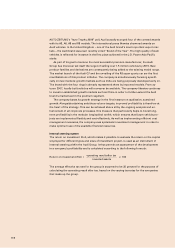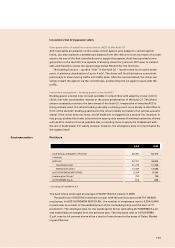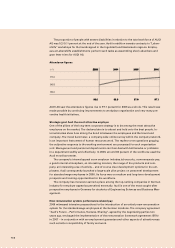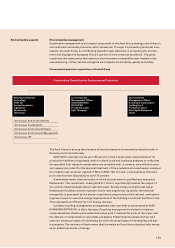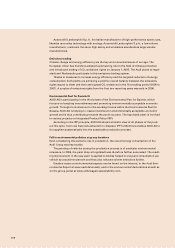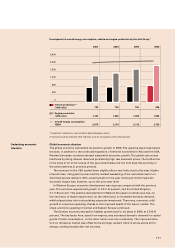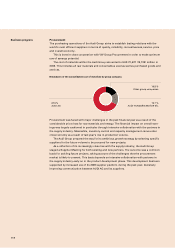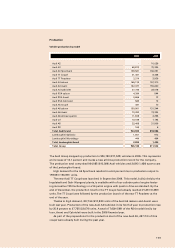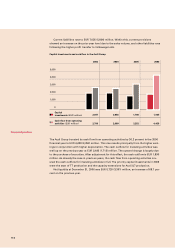Audi 2006 Annual Report Download - page 144
Download and view the complete annual report
Please find page 144 of the 2006 Audi annual report below. You can navigate through the pages in the report by either clicking on the pages listed below, or by using the keyword search tool below to find specific information within the annual report.
1 4 2
Economic expansion in the countries of Latin America was robust. Domestic demand was
the principal driving force behind growth in most countries. As an exporter of raw materials,
the region furthermore benefited from the sharp rise in raw materials and energy prices on
the world markets.
The Asia-Pacific region remained economically dynamic. Whereas the pace of growth
slowed down somewhat towards the middle of the year in some emerging countries, the
Chinese economy continued to expand at a high pace, growing by 10.7 (10.4) percent. The
modest expansion in Japan continued, though momentum slackened off somewhat in the
course of the year. The growth rate for gross domestic product was slightly up on the previ-
ous year, at 2.1 (1.9) percent.
International car market
Despite the sharp rise in fuel prices in 2006, worldwide demand for passenger cars was up
2.8 percent on the previous year at 54.6 million passenger cars, representing a new all-time
record. The driving forces behind this growth were primarily the car markets in China and
India, as well as Russia and Brazil. Demand for passenger cars in Western Europe, Japan
and the USA, on the other hand, remained flat or was slightly recessive.
The Western European car market (excluding Germany) experienced a sideways shift in
2006. The figure of 11.2 million passenger cars registered as new was 0.2 percent down on
the prior-year total. There was a marked downturn in certain high-volume markets. For ex-
ample, the volume of newly registered cars in the United Kingdom and France fell by 3.9 and
3.3 percent respectively. The growth trend in Spain was likewise halted for the first time in
many years, with passenger car sales yielding by 2.0 percent. On the other hand, the Italian
car market helped to stabilise the overall situation, growing by a notable 4.0 percent.
Registrations of new cars in Central and Eastern European countries rose by 19.8 percent
to 3.2 million vehicles. The Russian market in particular benefited from steep economic
growth and was 26.6 percent up on the previous year, with 1.7 million passenger cars regis-
tered as new.
In the US car market, the fuel price increases during the year under review dampened
vehicle sales. Market activity continued to be dominated by intensive sales incentives, which
did not suffice to reverse the negative trend. Unit sales of cars consequently fell by 2.6 per-
cent to 16.6 million.
The upward trend on car markets in South America gathered pace along with the expan-
sion of the economy. In Brazil, passenger car sales rose by 13.6 percent to almost 1.6 million
vehicles, and the market in Argentina expanded by 16.1 percent.
The Asia-Pacific region was again the main driving force behind the worldwide car mar-
ket in 2006. Unit sales totalled 13.3 million passenger cars, representing a rise of 6.4 per-
cent. The Indian car market exceeded one million units for the first time, with just over 1.0
million vehicles sold – an increase of 15.4 percent. The car boom in China continued. The
overall market volume was in the order of 4.2 million passenger cars sold, up 26.1 percent
on the prior-year figure. By contrast, registrations of new cars in Japan fell by 2.2 percent to
4.6 million vehicles.


